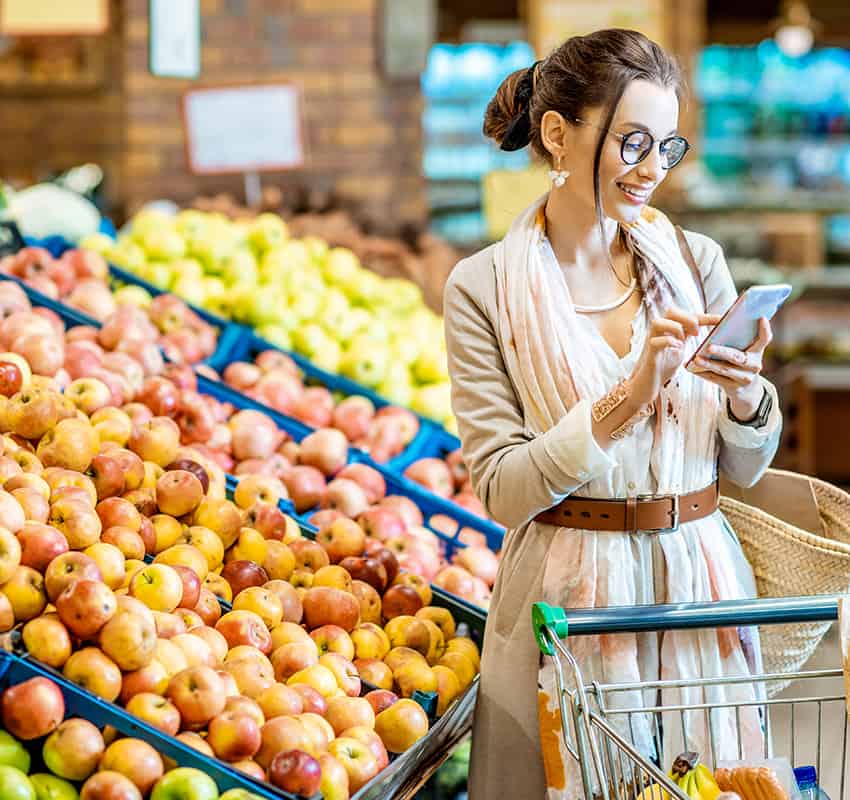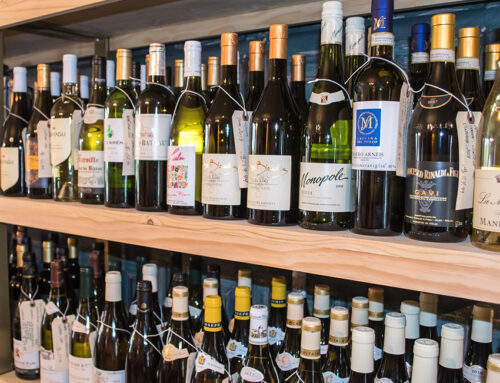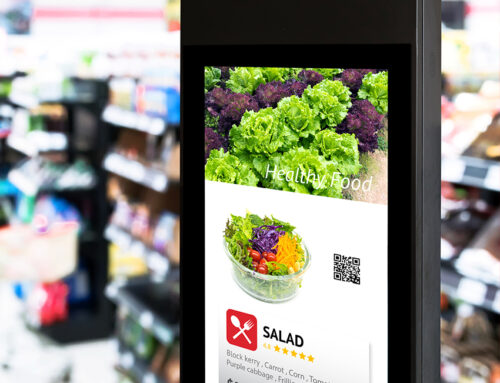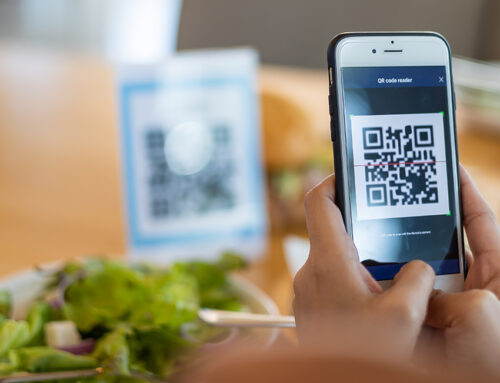Geofencing
The digital marketing world is constantly changing, and brands are keeping their thumbs on the pulse of new and innovative forms of advertising as they come. One such innovative form of advertising is geofencing.
But what is geofencing, how does it work, and how can food and grocery brands take advantage of it? Let’s take a look.
Geofencing
The digital marketing world is constantly changing, and brands are keeping their thumbs on the pulse of new and innovative forms of advertising as they come.
One such innovative form of advertising is geofencing.
But what is geofencing, how does it work, and how can food and grocery brands take advantage of it? Let’s take a look.
What is Geofencing?
Geofencing is the act of using GPS, or global positioning, to define a geographic area of boundary. Radio frequency identification (also known as RFID) is also used in geofencing.
Geofencing allows brands to essentially fence off a specific geographic area and target devices within that specific space. Geofencing can target whole countries, specific cities, or multiple geographic spaces with a certain demographic or two in common.
So what do brands and publishers use geofencing for marketing? It’s quite simple— it’s a great way to get in touch with consumers based on extremely specific local locations. This can do a lot for gaining leads and conversions for sales and also helps brands understand their specific customers’ behaviors.
Let’s look at an example. A brick and mortar international food grocery store wants to market digitally with a focus on geofencing. They already have invested in multi-channel marketing experience. They have put physical ad flyers up in local businesses and have purchased billboard space on the freeway exits that lead directly to their location. With geofencing, that grocery store can determine their local clientele, as well as race and nationality demographics within a five-mile radius that would have an interest in international ingredients and food products. Within that geofenced parameter, consumers will find advertisements for the store on recipe websites, social outlets, and other relevant local digital spaces.
How Does Geofencing Work?
In addition to GSP and RFID targeting, geofencing can also involve using an app or software platform that uses Wi-Fi and cellphone data to “trigger” actions that are pre-programmed when a device goes into or exits a boundary. The boundary itself is known as a geofence.
Agency holding companies can be very helpful in assisting businesses in incorporating geofencing into their overall marketing plan. This marketing strategy makes it possible for consumers to get ultra-specific ads that relate to local businesses. It’s extremely beneficial to local businesses that don’t solely operate online as e-commerce companies, but rather have a specific geographic location that could appeal to a local customer base. If a consumer enters a brand’s specific marketing boundary, they will be able to receive ads based on where they are physically. Push notifications, text messages, and PPC ads via a device’s mobile web browser could also be used to digitally advertise via geofencing.
Geofencing Advertising for Food and Grocery
Geofencing is extremely popular among food, wine, grocery, and cuisine brands. It certainly makes sense why!
Geofencing technology can join together consumers with specific needs, websites of relevance, and very specific product ads together— all based on a geofenced location.
Grocery stores receive the biggest boon when it comes to geofencing technologies. Grocery stores deal with highly perishable goods— and as a result, many must operate locally. Geofencing can target local shoppers that may need produce and perishable goods within a certain distance of a grocery store. Namely, a brand can create a geofence or multiple geofences around their specific store locations. These ads will target local pages of blogs and websites in the area. Things can get even more specific when target marketing is brought into the mix. These ads can be placed on recipe blogs that are highly relevant to local cooking trends and seasons.
Targeting existing customers who already reside within a business’s geofenced location is also a great way to promote brand loyalty and create brand ambassadors.
Gourmet Ads Can Help You Take Advantage of Geofencing
Gourmet Ads offers excellent advertising solutions for food, supermarket, cuisine, and alcohol brands. We understand how important it is for brick and mortar stores to reach a local consumer base, which is why we offer geofencing services for such businesses and brands.
We work mainly through programmatic target advertising, both for local and e-commerce brands. This means that we use programmatic advertising technology to help brands and publishers reach ultra-specific consumers who may have ultra-specific needs that you can help with. It’s simply not true that broad general advertising for grocery stores is the way to go— just like any other industry, the grocery and food world boasts brands and businesses with unique niches. These unique niches have unique customers, and Gourmet Ads can help you reach them with specific target marketing.











